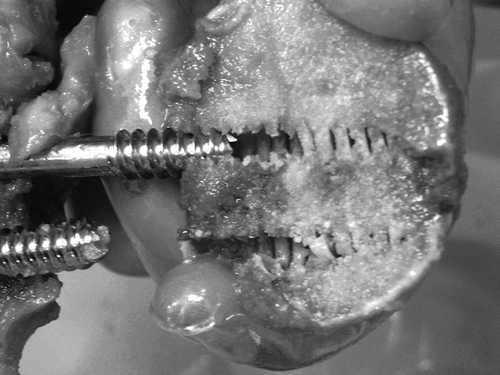Figures & data
Text box 1. Signs and symptoms of a hip fracture
Text box 2. Different hip fractures and their treatment
Text box 3. Choices of internal fixation or arthroplastyCitation[9]
![Figure 1. The hip joint and the proximal femur. Reprinted with permission from the BMJ.Citation[1]](/cms/asset/72339770-f83e-46d8-922d-70c173928bf7/iort_a_11327537_f0001_b.gif)
![Figure 2. Garden's classification. Garden stages 1–4. Reproduced with permission and copyright © of the British Editorial Society of Bone and Joint Surgery Citation[80];Citation[85]](/cms/asset/2f92a444-13d5-4102-bfde-ddfaebc0f244/iort_a_11327537_f0002_b.gif)

